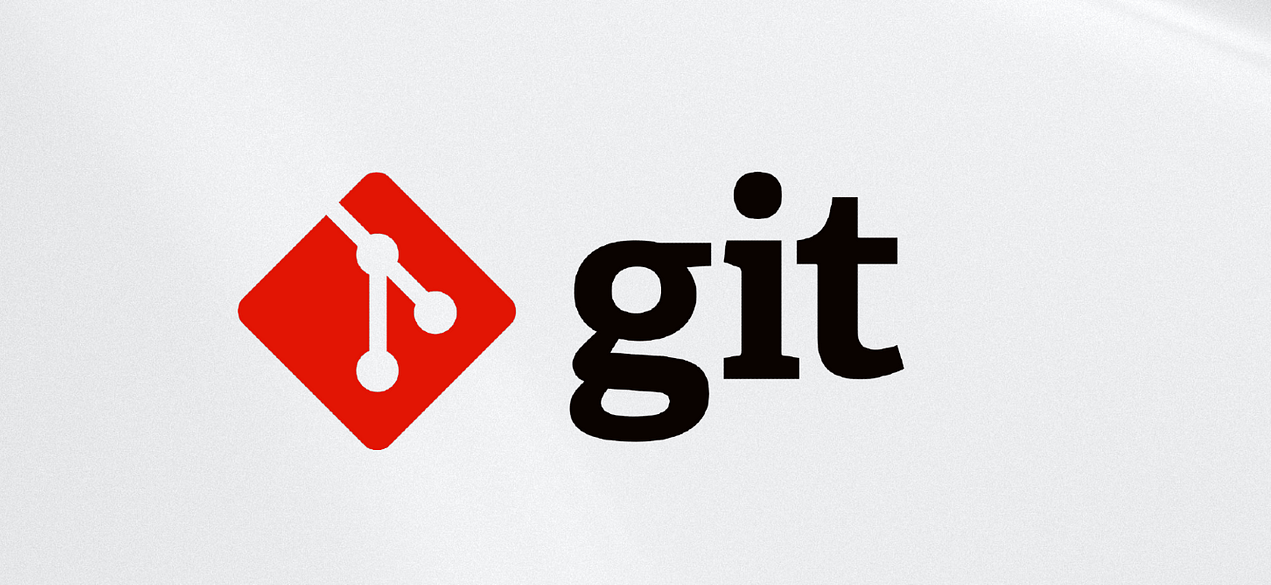Understanding Git Version Control
 Dinesh Kumar K
Dinesh Kumar K
In today’s fast-paced software development landscape, version control systems (VCS) are essential tools for managing code changes and collaborating with teams. Among the various options available, Git has emerged as the most popular version control system, offering powerful features that enhance productivity and streamline workflows.
What is Git?
Git is a distributed version control system that allows developers to track changes in their codebase, collaborate seamlessly, and maintain a history of their work. Unlike traditional centralized version control systems like Subversion (SVN), Git allows each developer to have a complete copy of the repository, making it faster and more efficient.
Key Features of Git
Distributed Version Control: Every developer has a local copy of the entire repository, enabling offline work and reducing reliance on a central server.
Branching and Merging: Git makes it easy to create branches for new features or bug fixes, allowing developers to work independently before merging changes back into the main codebase.
Staging Area: Changes can be staged selectively, allowing for granular control over what gets committed.
Speed and Efficiency: Git operations are typically faster than those of centralized systems due to local repositories.
Basic Git Commands
Here are some essential Git commands to get you started:
git init: Initialize a new Git repository.git clone [url]: Clone an existing repository from a remote server.git add [file]: Stage changes to a specific file for commit.git commit -m "message": Commit staged changes with a descriptive message.git status: Check the current status of your repository.git push: Push local changes to a remote repository.git pull: Fetch and merge changes from a remote repository.git branch: List, create, or delete branches.git merge [branch]: Merge a specified branch into the current branch.
Branching in Git
Branching is one of Git's most powerful features. It allows developers to diverge from the main line of development and work on new features or fixes without affecting the main codebase.
Best Practices for Branching Strategies
Feature Branching: Create a new branch for each new feature or bug fix.
Git Flow: A branching model that includes specific branches for development, features, and releases, enhancing organization and collaboration.
Resolving Merge Conflicts
Merge conflicts can occur when changes from different branches overlap. To resolve conflicts, follow these steps:
Identify the Conflict: Git will mark the conflicting files.
Edit the Files: Manually resolve the conflicts in the affected files.
Stage the Resolved Files: Use
git add [file]to stage the resolved files.Commit the Changes: Complete the merge with
git commit.
Tips for Avoiding Conflicts
Regularly pull changes from the main branch.
Communicate with your team about ongoing work.
Configure Git on your system
Step 1: Install Git
Windows: Download the Git installer from git-scm.com and run the installer.
macOS: You can install Git using Homebrew with the command:
brew install git
Alternatively, you can download the installer from git-scm.com.
Linux: Use your package manager. For example, on Ubuntu:
sudo apt update
sudo apt install git
Step2 : Set Up Your Identity
Configure your username and email, which will be associated with your commits:
git config --global user.name "Your Name"
git config --global user.email "your.email@example.com"
Step3 : Check Your Configuration
To verify your configuration settings, run:
git config --list
Step 4 : Test Your Configuration
To ensure everything is set up correctly, create a new repository and make a test commit:
mkdir test-repo
cd test-repo
git init
touch README.md
git add README.md
git commit -m "Initial commit"
git push origin main
That’s it! Your Git environment should now be configured and ready to use.
Conclusion
Git is an invaluable tool for modern software development, providing a robust framework for tracking changes, collaborating with teams, and managing code efficiently. Whether you're a solo developer or part of a larger team, mastering Git will enhance your productivity and streamline your workflows.
Subscribe to my newsletter
Read articles from Dinesh Kumar K directly inside your inbox. Subscribe to the newsletter, and don't miss out.
Written by

Dinesh Kumar K
Dinesh Kumar K
Hi there! I'm Dinesh, a passionate Cloud and DevOps enthusiast. I love to dive into the latest new technologies and sharing my journey through blog.